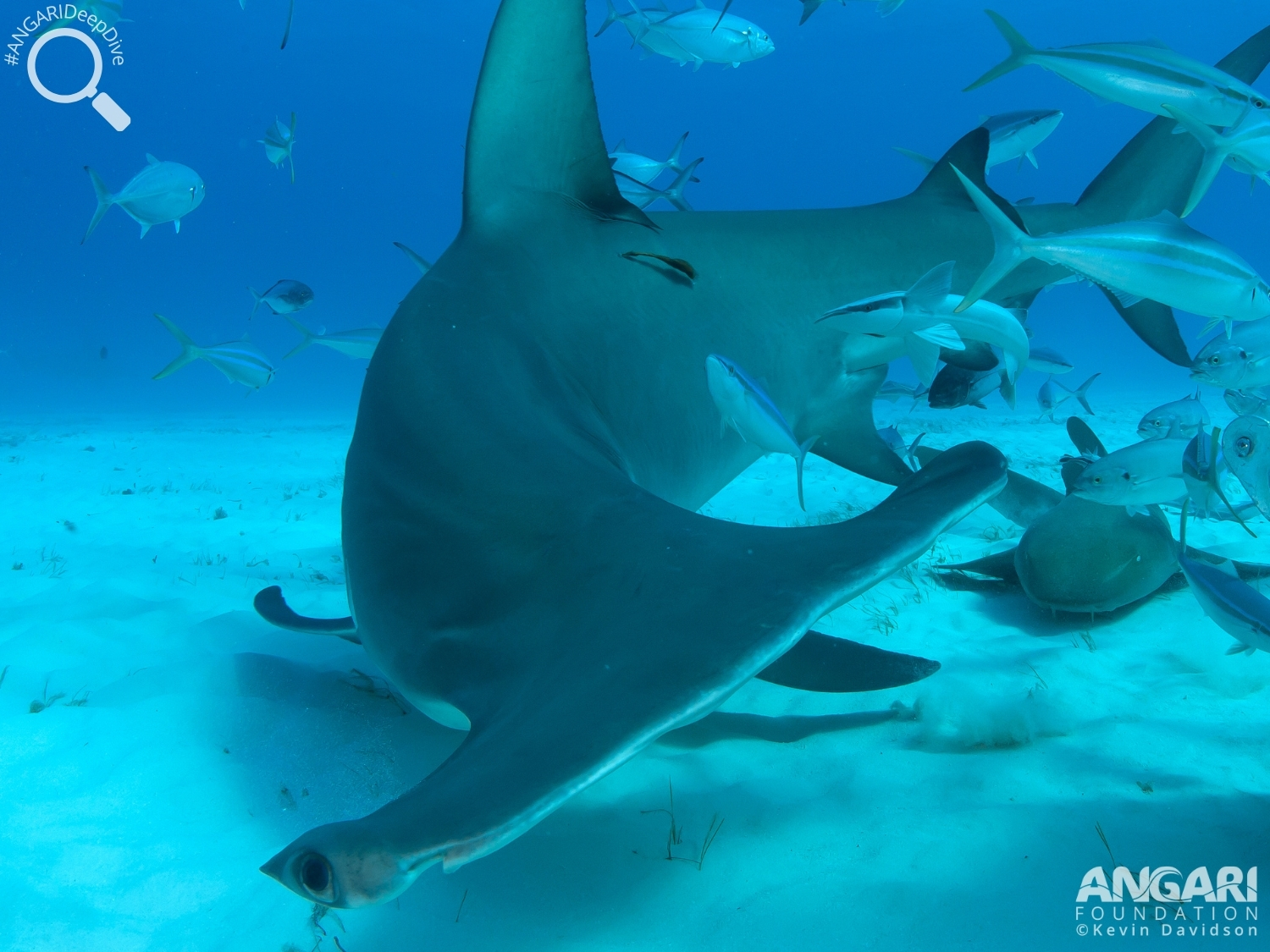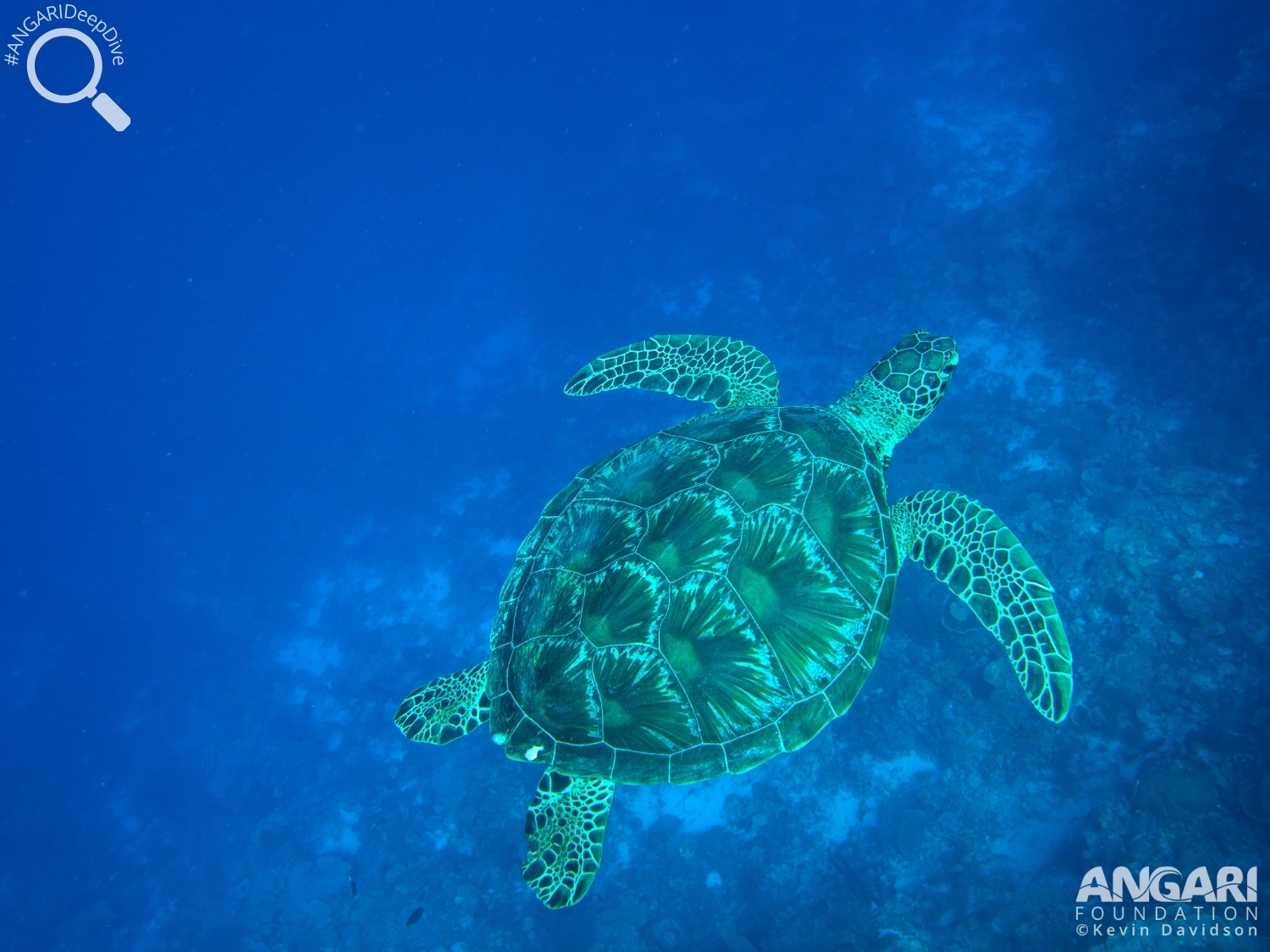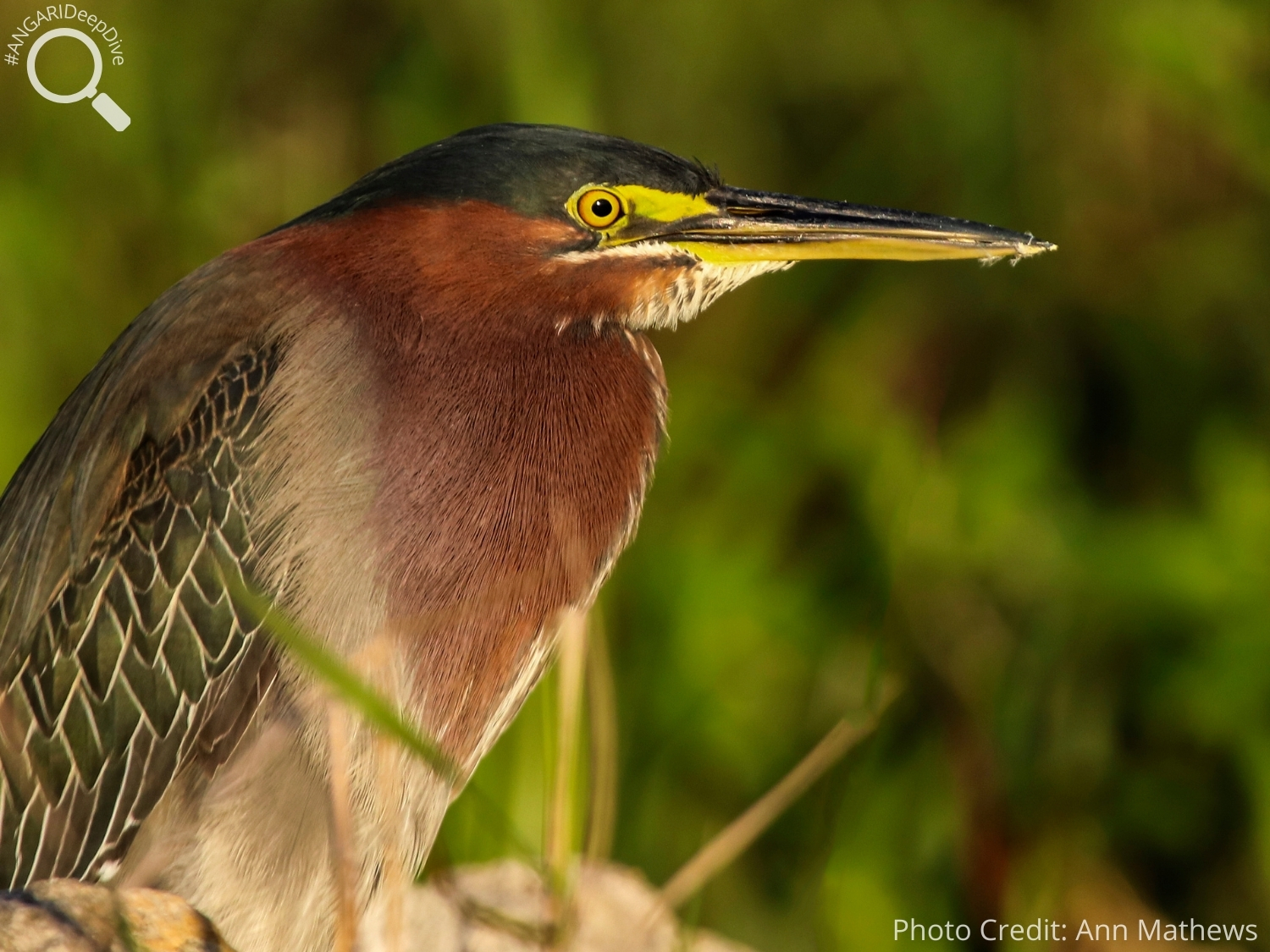The great hammerhead shark (Sphyrna mokarran) is an apex predator within the shark community and…
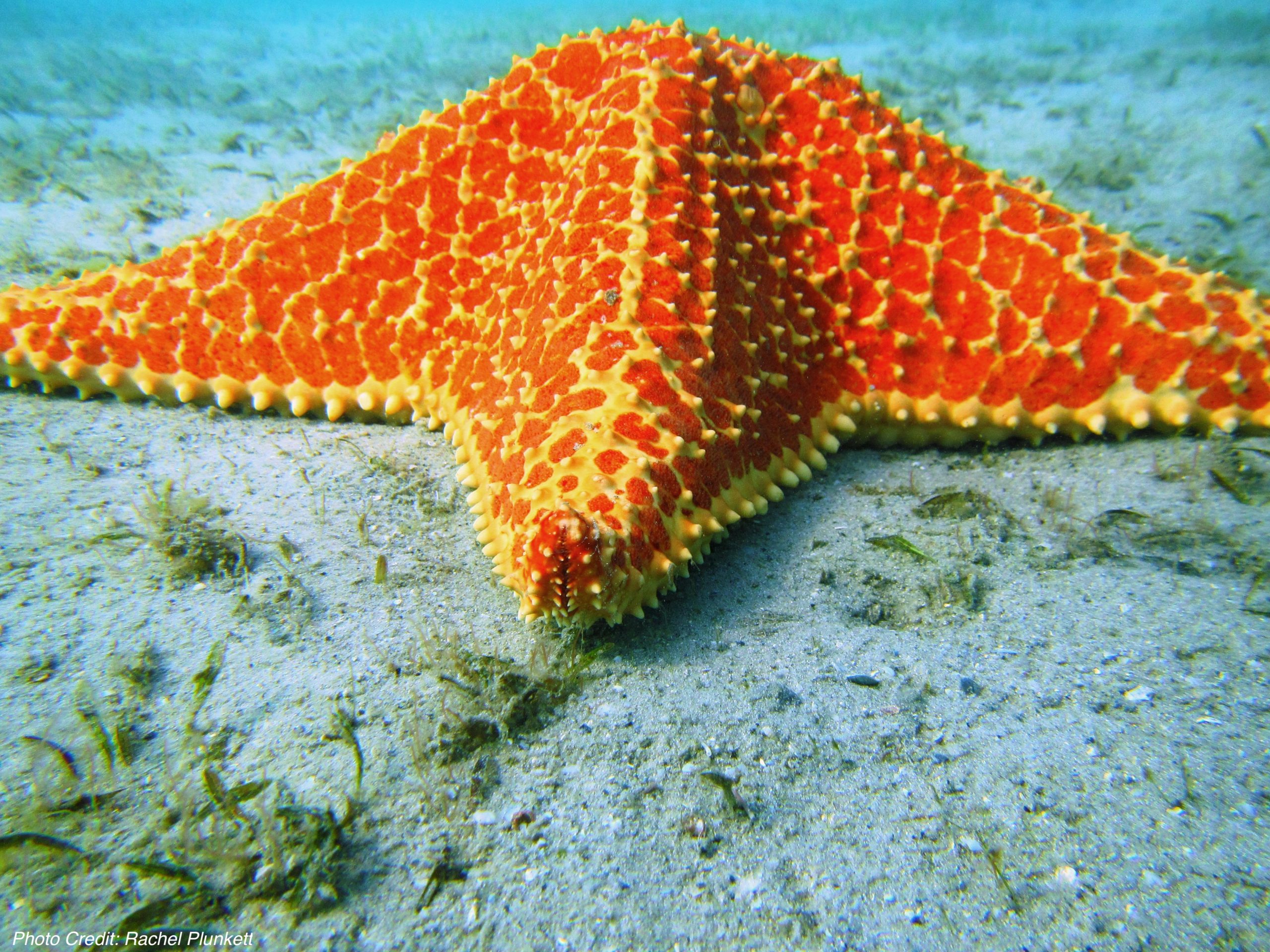
Red Cushion Sea Star (Oreaster reticulatus)
The red cushion sea star (Oreaster reticulatus) is a member of the largest entirely marine phylum Echinodermata due to its five-limbed radial symmetry, seafloor habitat and regeneration abilities, which are common to most echinoderms. This species also has hard, studded epidermis and thick body and can grow up to 50 cm in diameter. They are a beautiful sight to see underwater!
#1: Red cushion sea stars are abundant in the Caribbean.
In the Caribbean you can find many species of sea stars, but the most common and most abundant is the red cushion sea star! These colorful invertebrates are found in the shallow waters of the Gulf of Mexico and The Bahamas.

#2: Red cushion sea stars come in many colors.
The red cushion sea star comes in many colors, including brown, yellow, orange, red and even green. Juvenile sea stars are green!
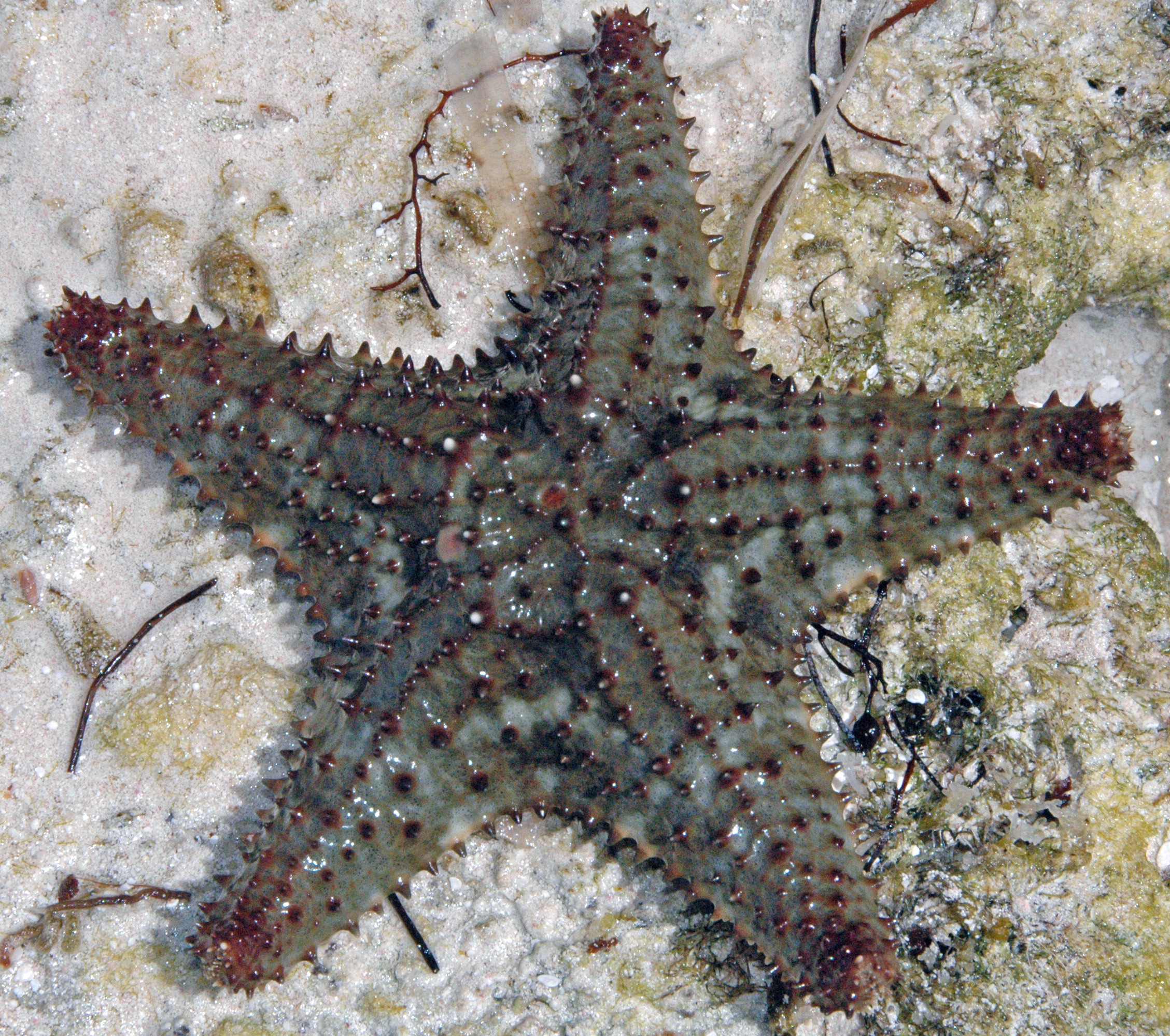
#3: Red cushion sea stars have feet.
You’re likely to find a red cushion sea star on its own because they tend to be a solitary species. They are a slow moving animal, reaching speeds of 0.33 meters per minute! They use their tube feet located on the underside of their body to move around.
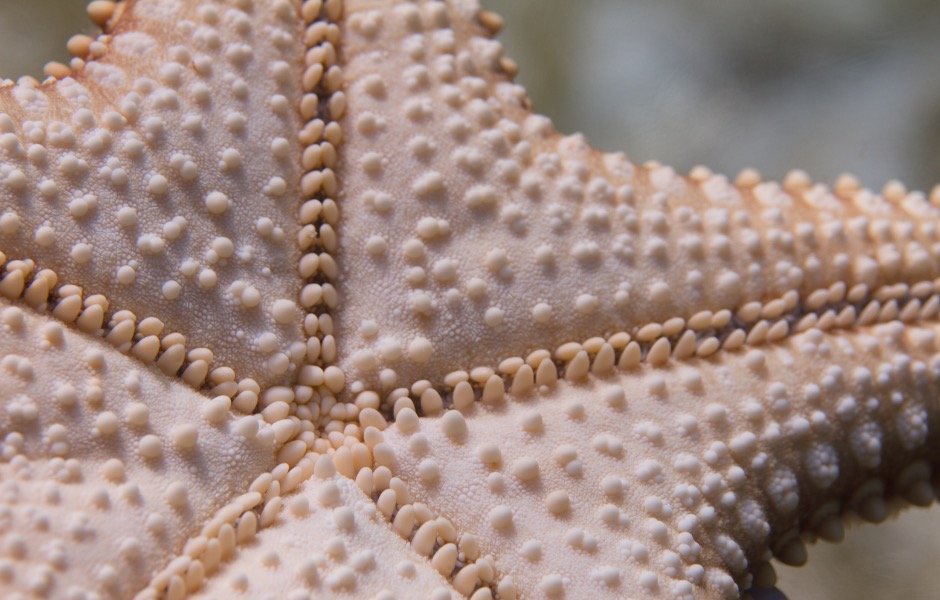
#4: Where might you find a red cushion sea star?
You will predominantly find the red cushion sea star on sandy seabeds and seagrass. Adult sea stars tend to like sandy seabeds located near coral reefs as they are better protected and access to food here. With the juveniles being green in color, they can better camouflage into the seagrass meadows while also enjoying the food available.
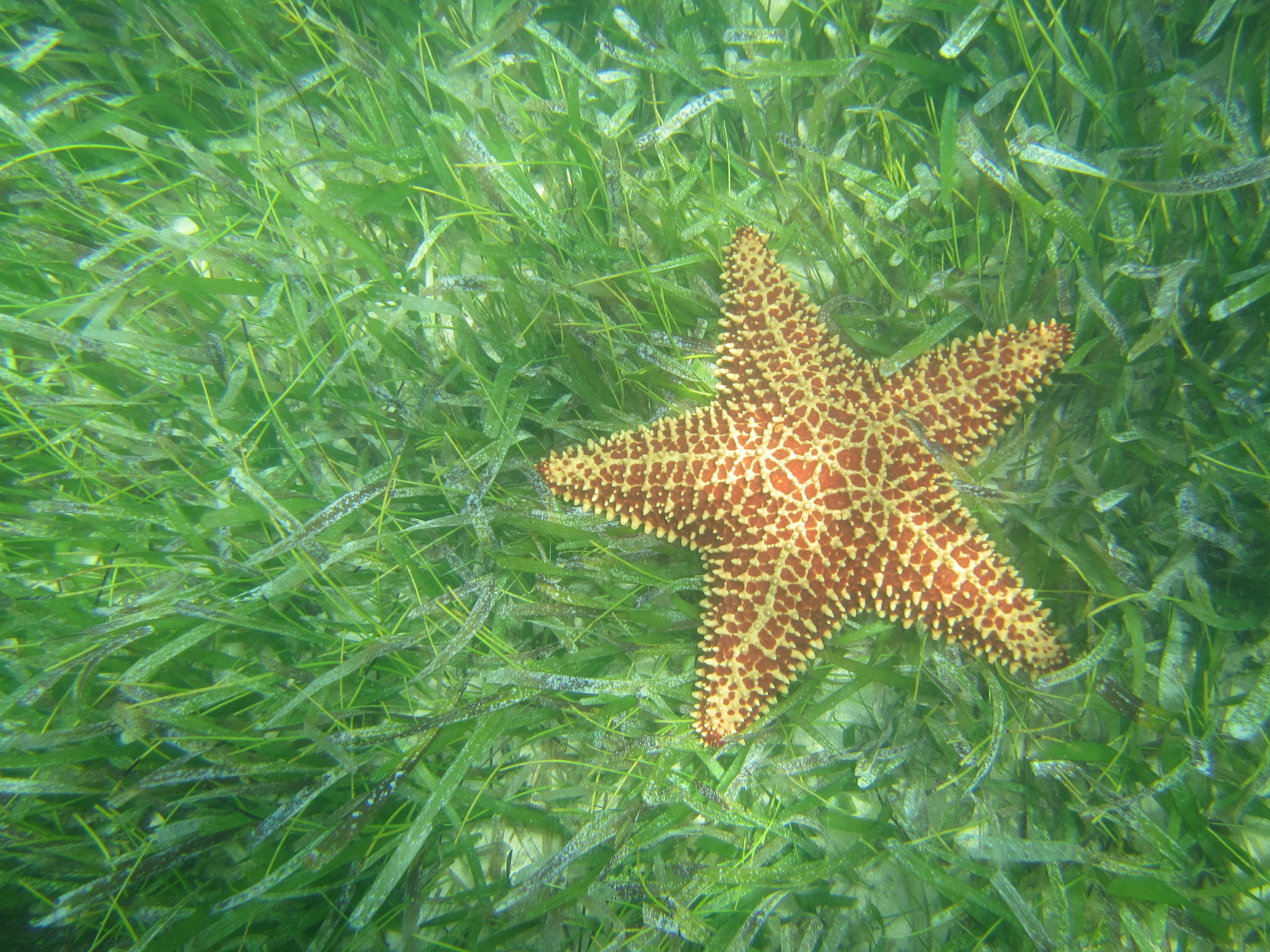
#5: Red cushion sea stars are omnivores!
The red cushion sea star is an omnivore. They feed on a variety of animals including both invertebrates, like sea urchins and sponges, as well as seabed sediment and epiphytic algae. In order to eat, a sea star extrudes its stomach out of its mouth and engulfs its meal. Once the food has been digested, it retracts its stomach back into its body.
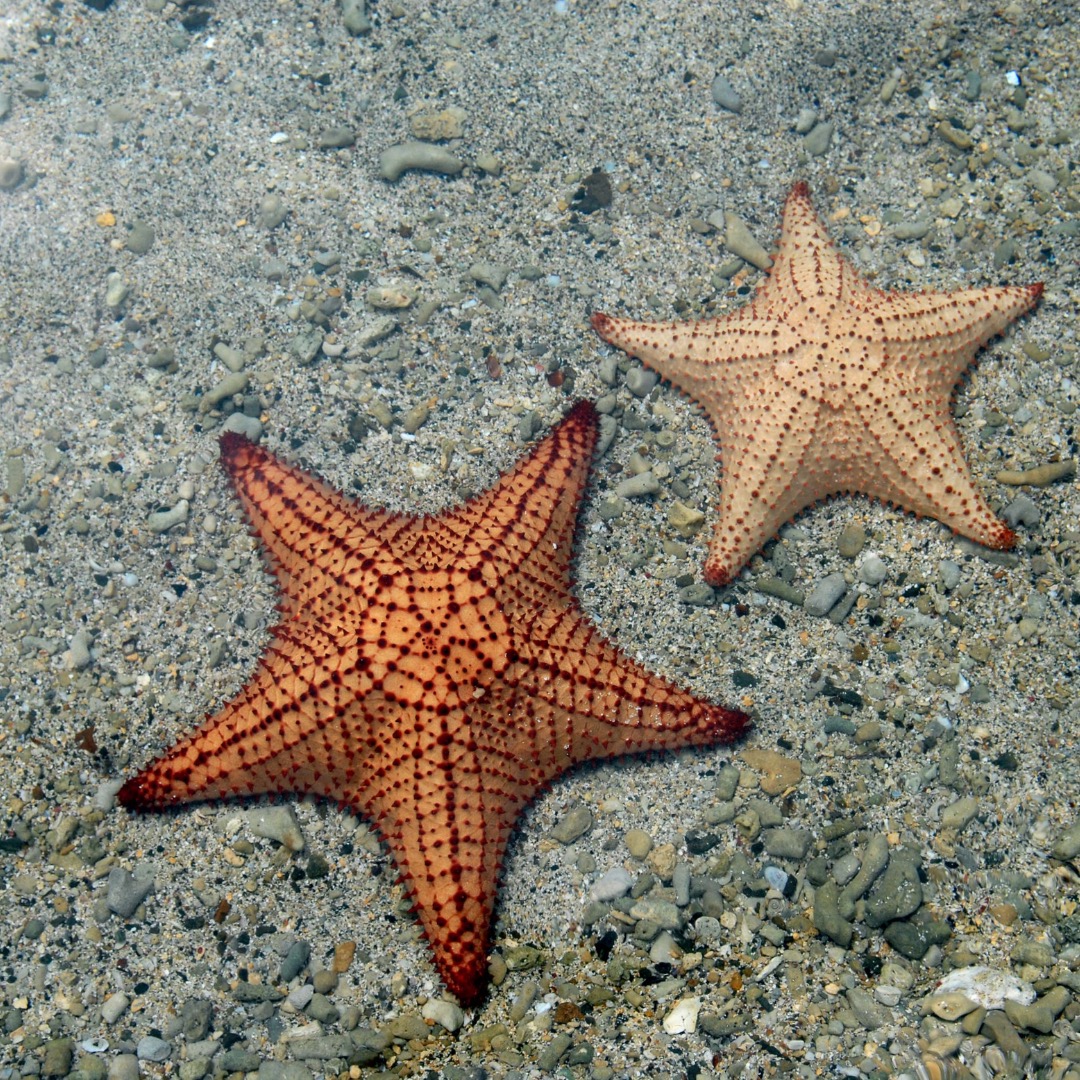
#6: Do red cushion sea stars have super powers?
In fact, red cushion sea stars have the ability to regenerate amputated limbs! A sea star may lose an arm due to predation or choose to drop a limb as a form of defense. Fortunately, they are able to grow them back because each individual limb has tube feet for locomotion and contains vital organs for digestion and reproduction. The replication of organs across all limbs allows a sea star to easily survive the loss of an arm. The regeneration process is very slow, taking up to a year for a limb to be fully regrown.

#7: Red cushion sea stars pose a danger to sponge populations.
The red cushion sea star has a dietary preference for sponges over other prey. This can easily result in a reduction of sponges in areas with high sea star populations.

#8: When do red cushion sea stars mature?
A red cushion sea star is sexually mature when it reaches a radius of five inches. At this size, they are able to generate the male or female organs needed for reproduction.
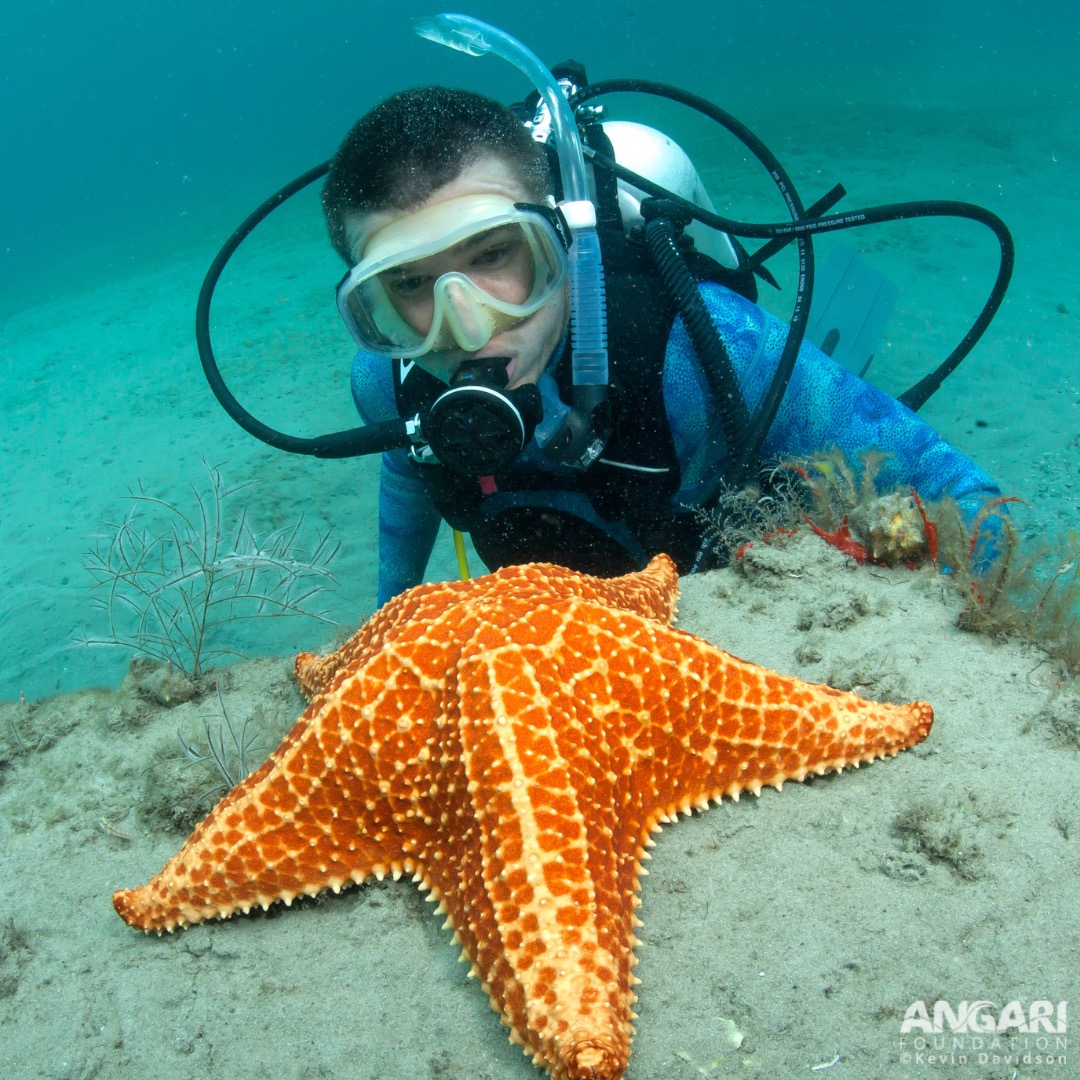
#9: When do red cushion sea stars breed?
For the red cushion sea star breeding can occur either seasonally or year-round based on the location of the sea star. In subtropical regions, they will breed seasonally, whereas sea stars in tropical waters breed year-round.
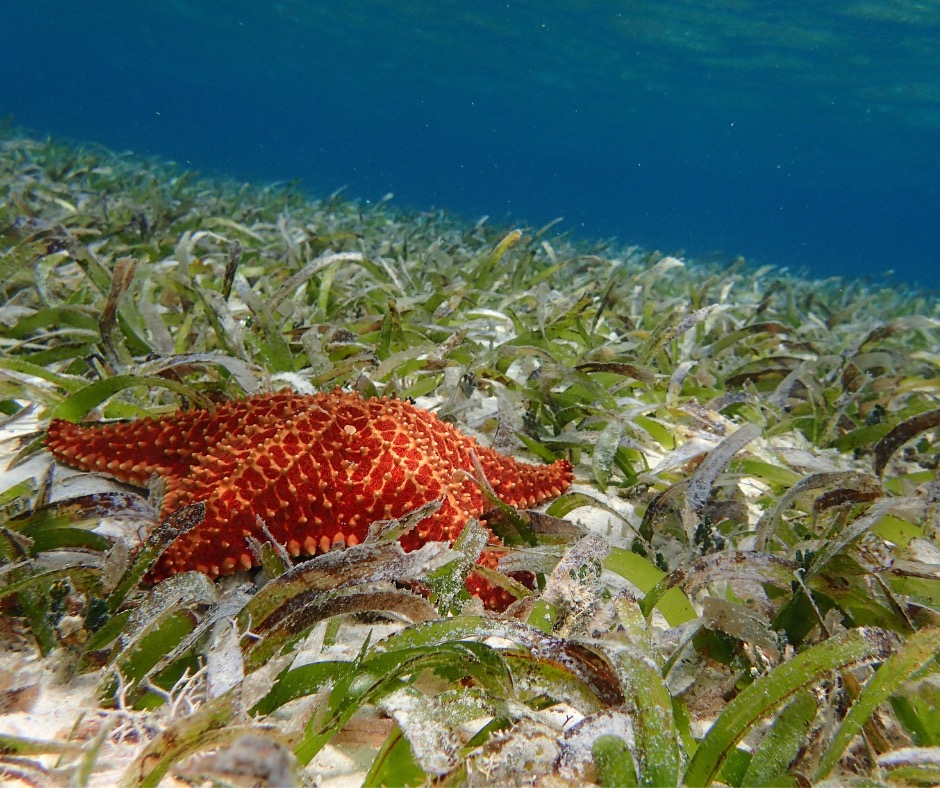
#10: How do red cushion sea stars reproduce?
Red cushion sea stars breed through external fertilization. The male and female sea stars release their reproductive buoyant gametes into the ocean with the hope that they meet and fertilization takes place. It is common for large populations of sea stars to gather together during breeding to increase the chances for successful fertilization.

Unfortunately for red cushion sea stars, their population has been affected by overharvesting. In highly populated and tourism areas, it is not uncommon to see this species as a popular souvenir and ornament. This species is protected in the Caribbean and has been placed on the United States Endangered Species Act list, and in fact in Florida and many areas of the Caribbean, it is illegal to harvest this species.
Think about where your souvenir comes from before you buy it! Let’s keep this amazing colorful species in the sea where they belong!
Additional Red Cushion Sea Star Resources:
1. Indian River Lagoon Species Inventory – Oreaster reticulatus
2. World Register of Marine Species – Oreaster reticulatus (Linnaeus, 1758)
3. Lamar University – Cushion Star

